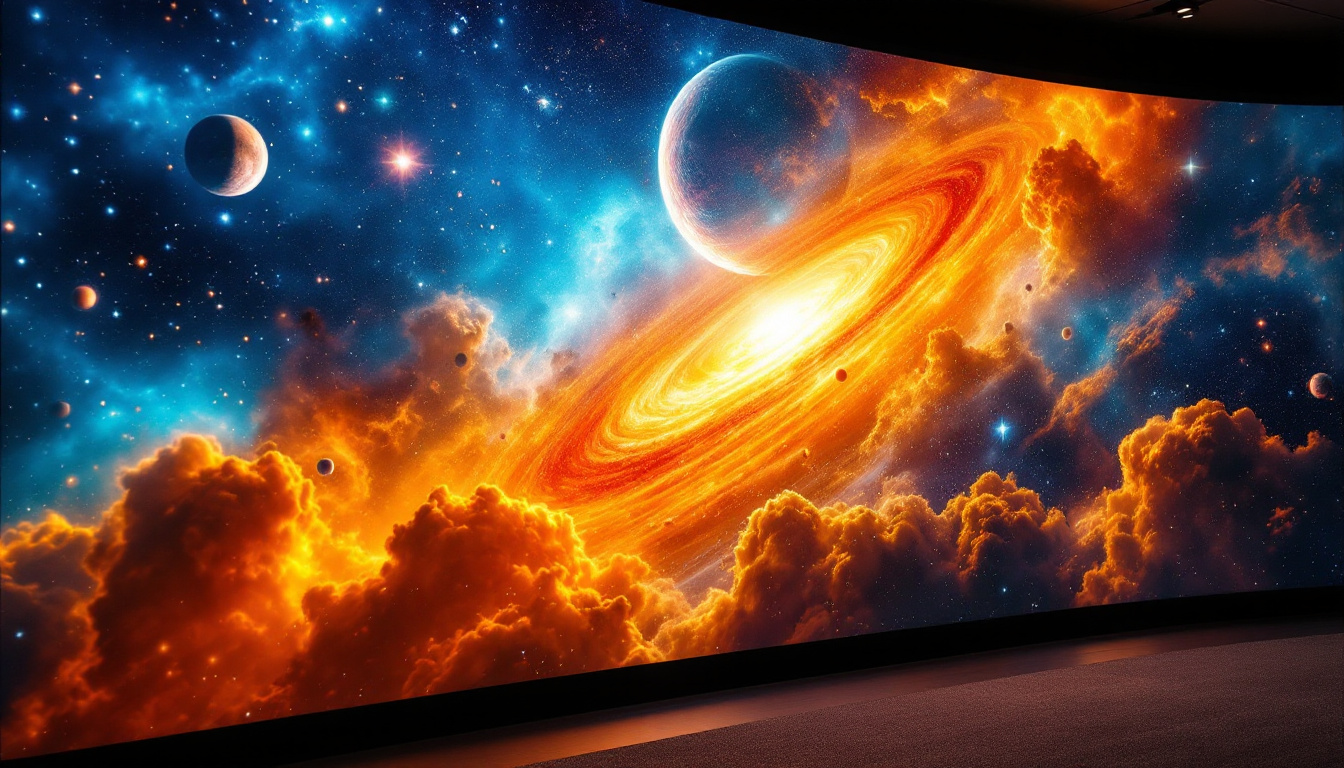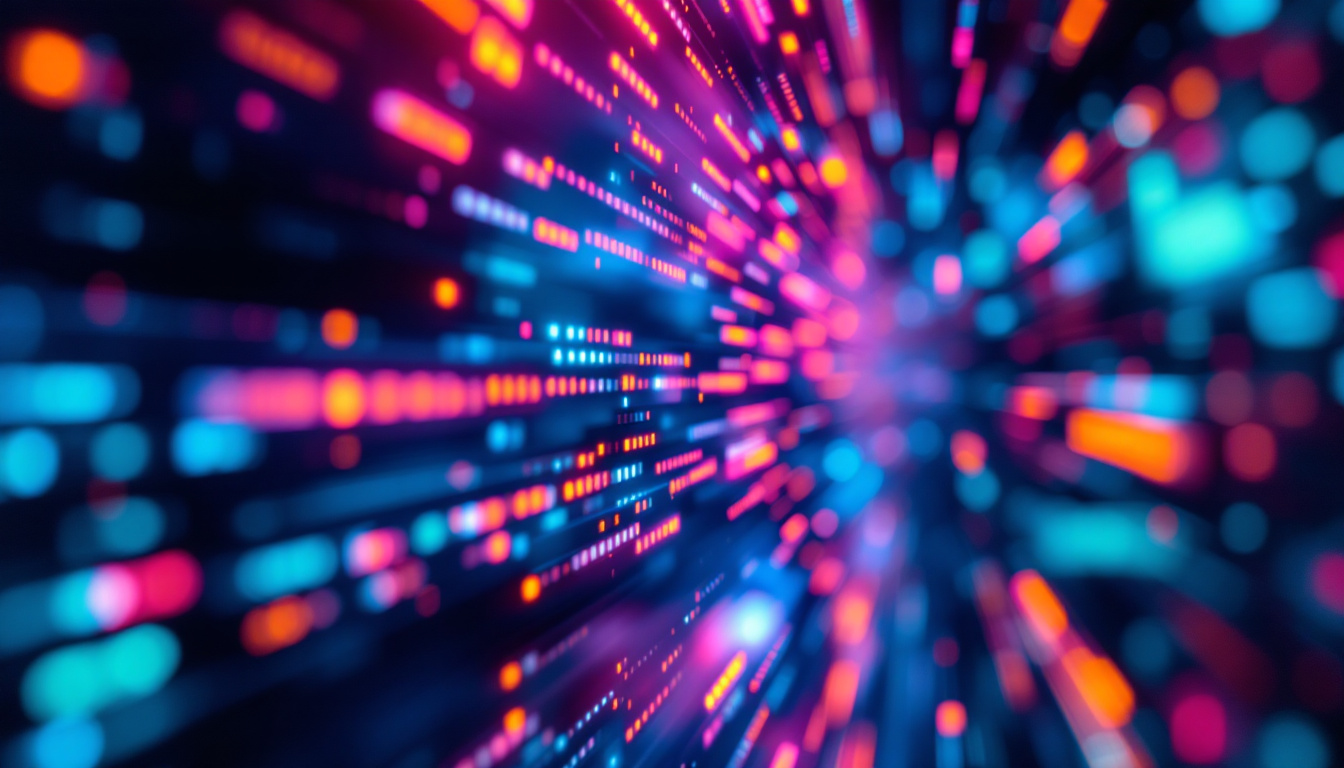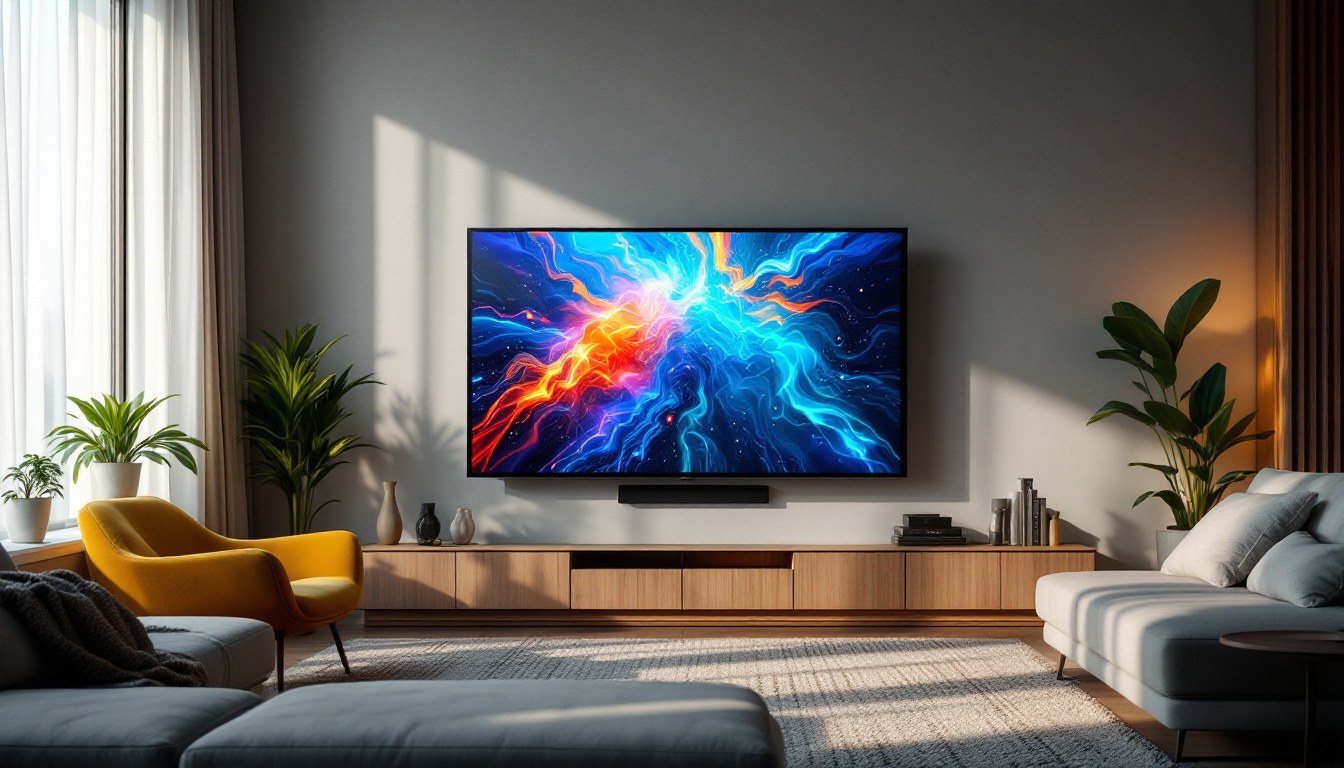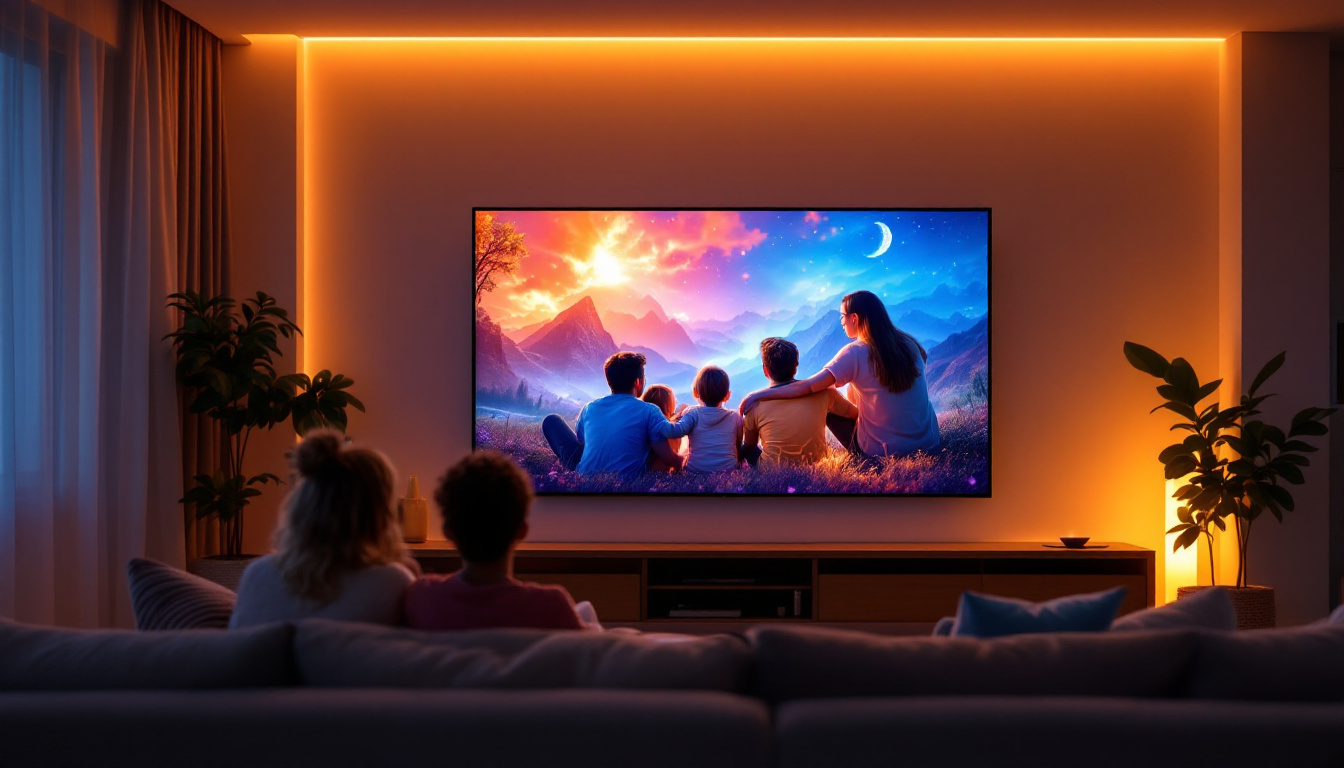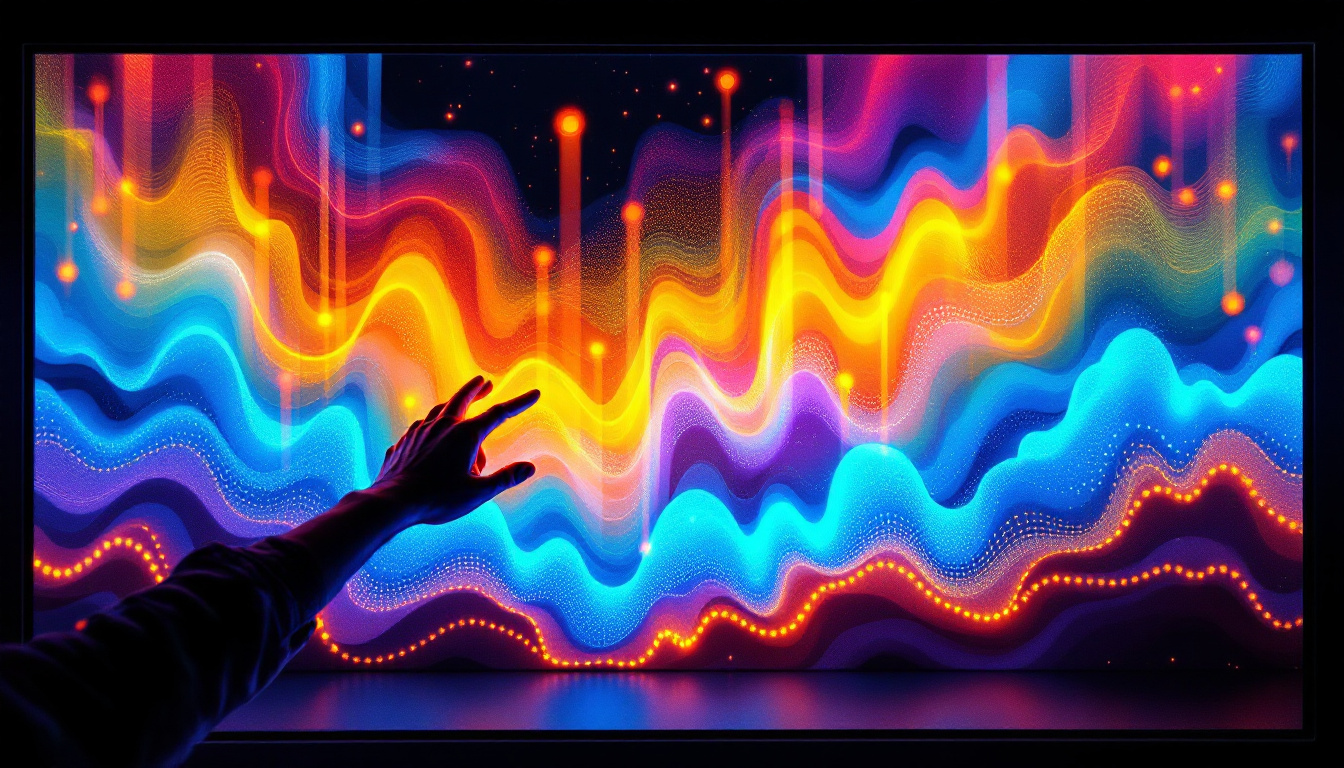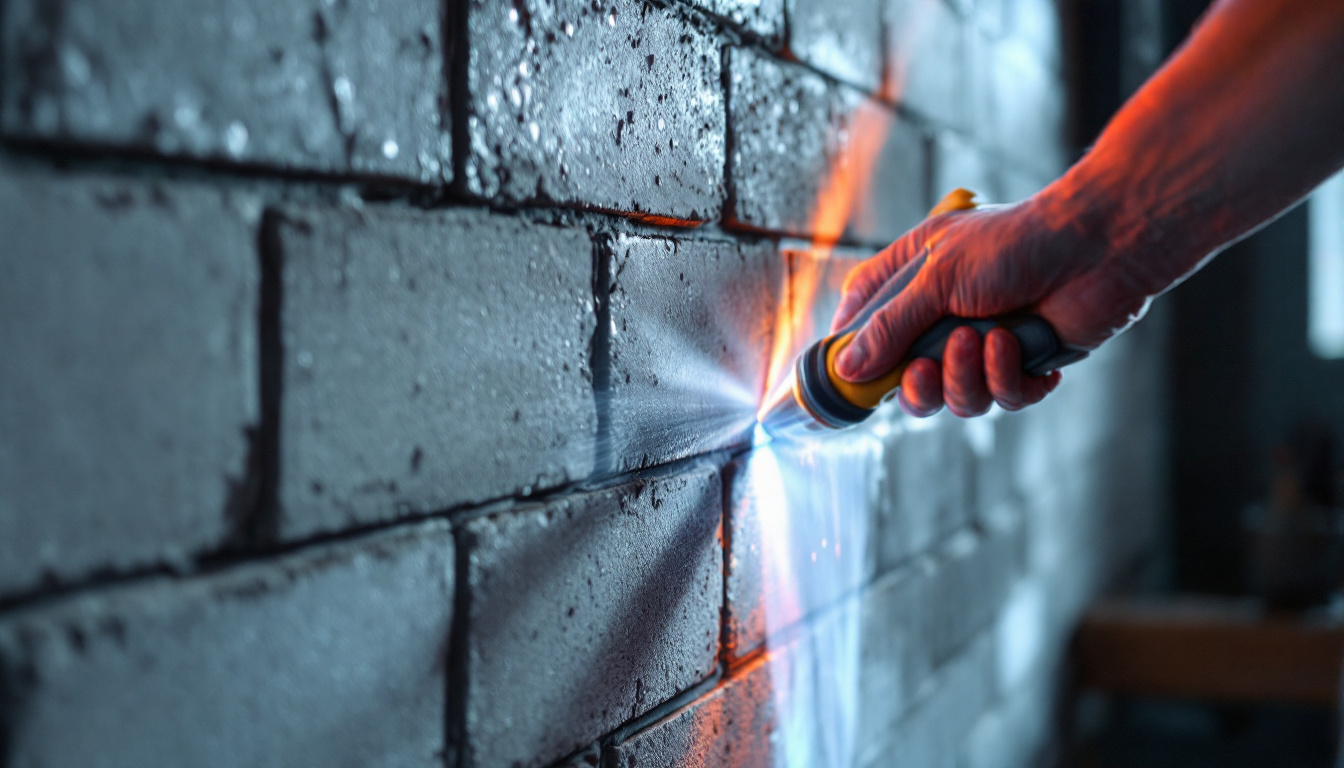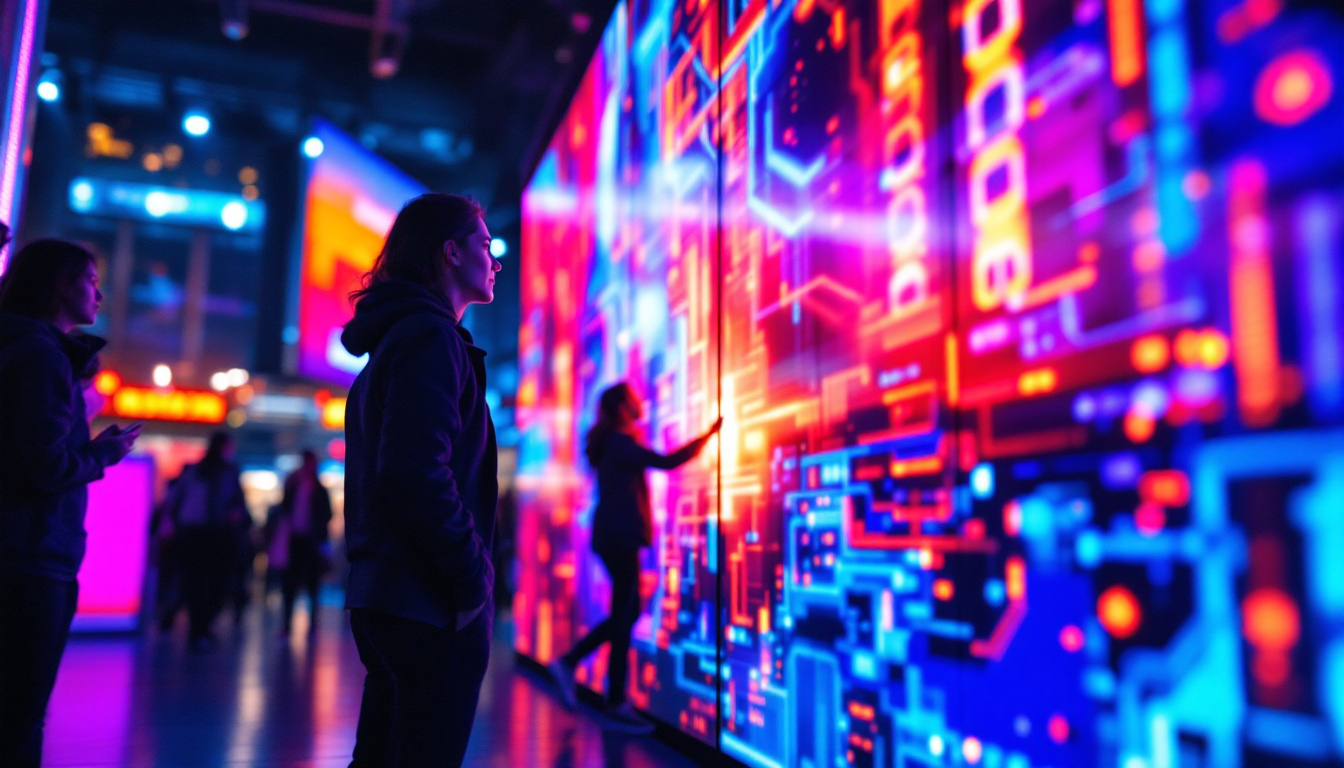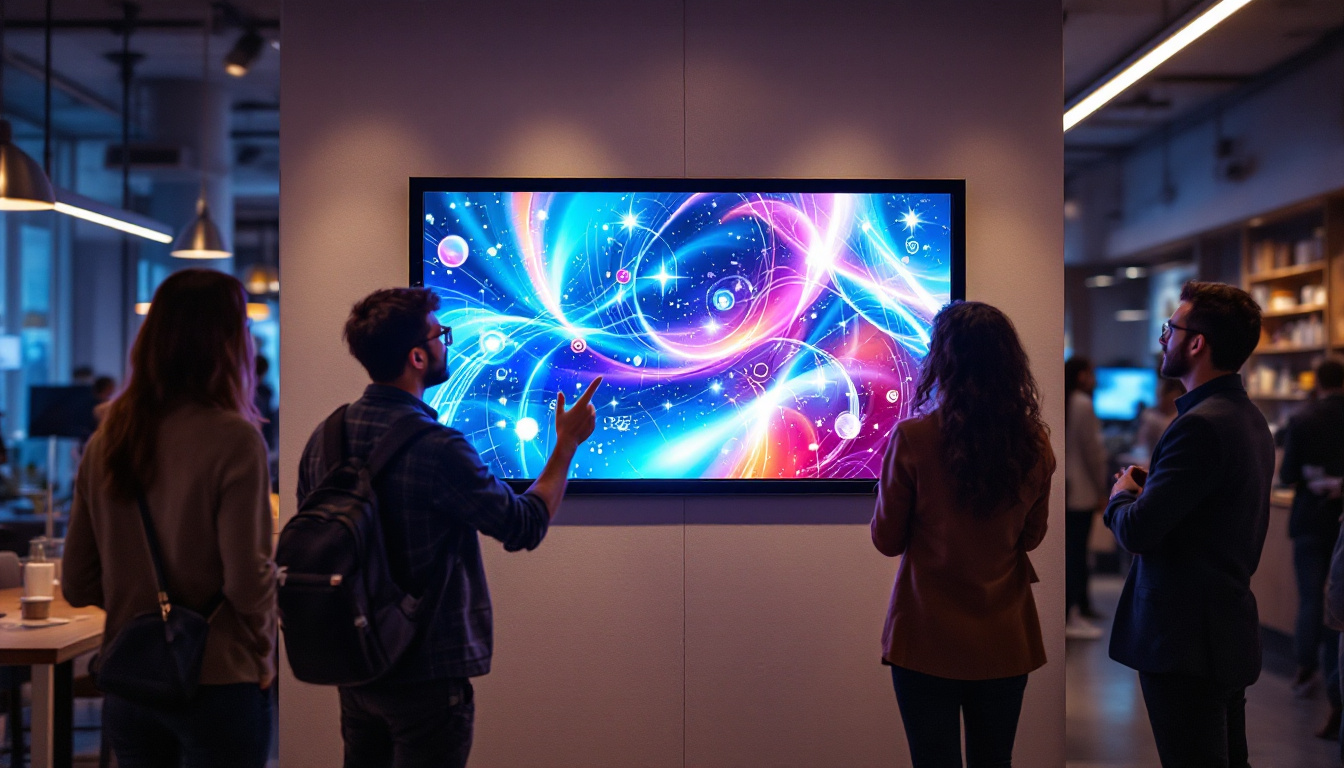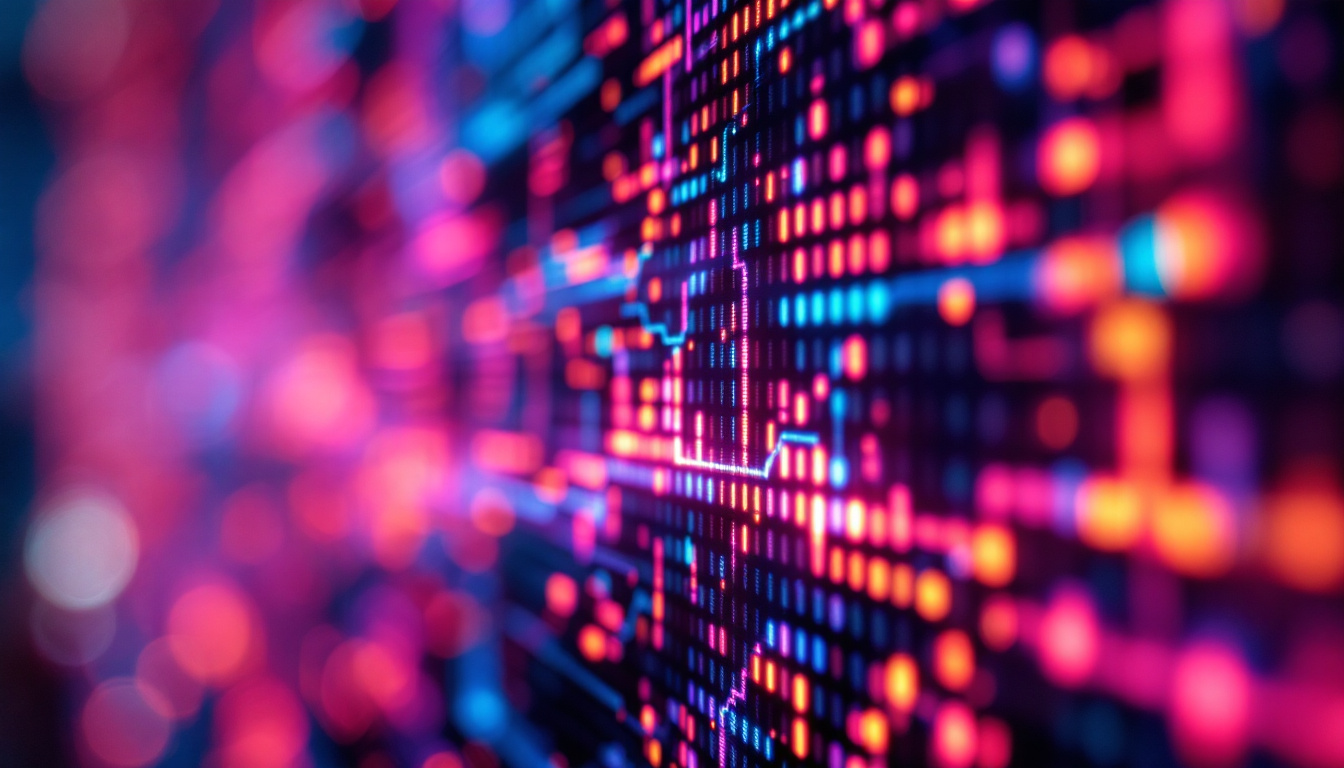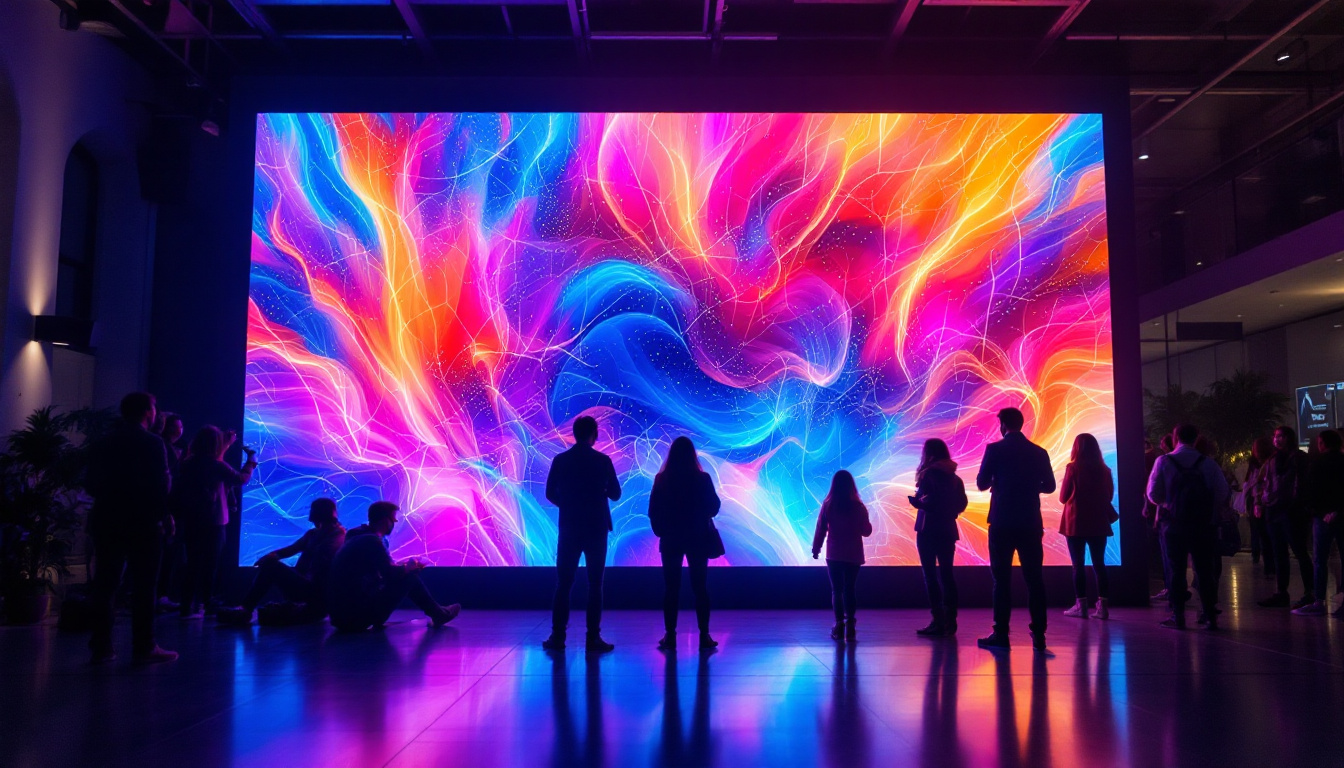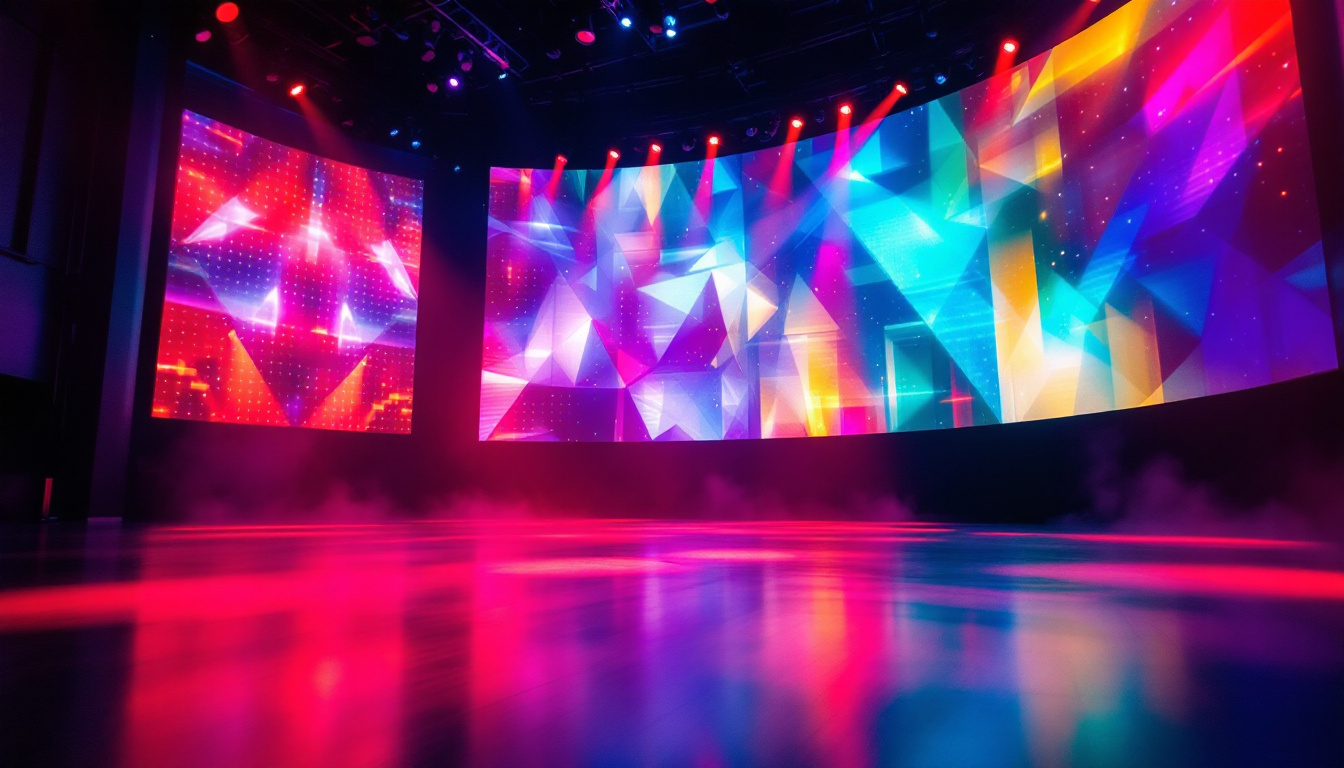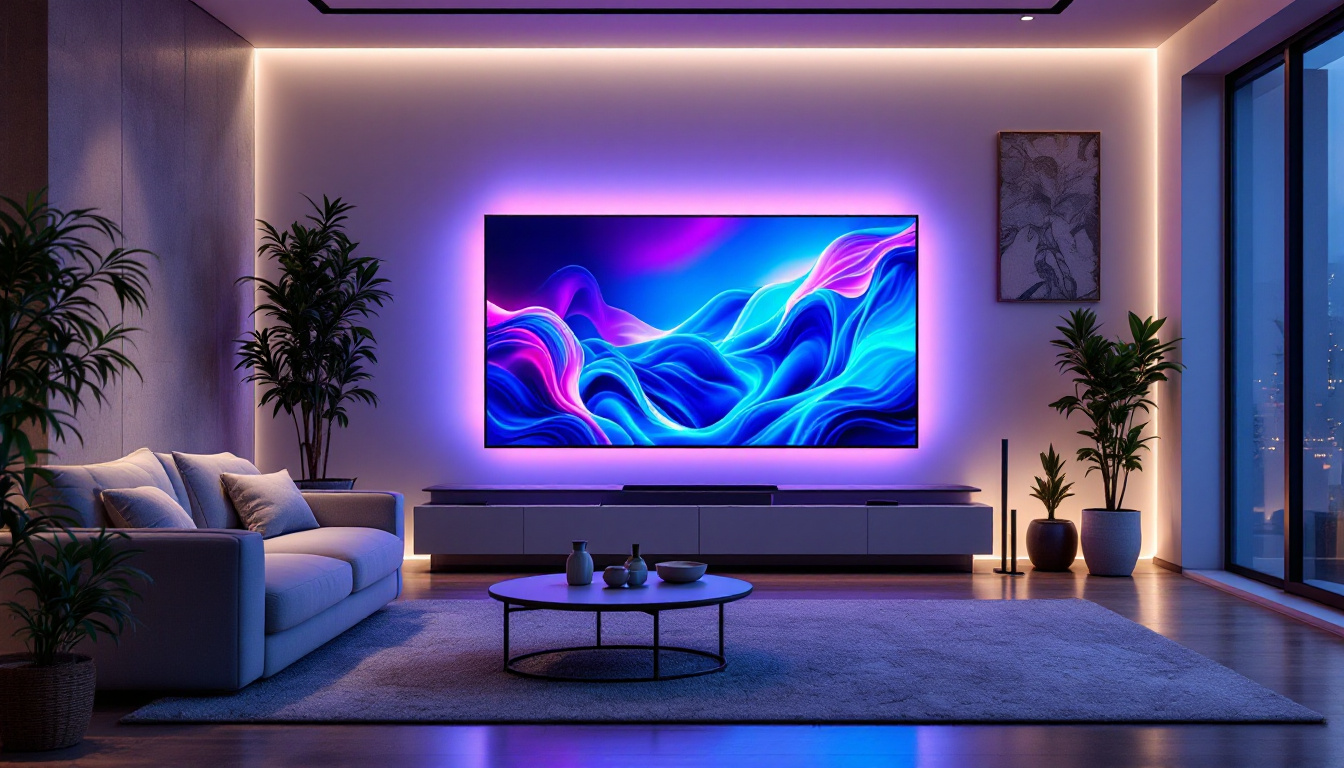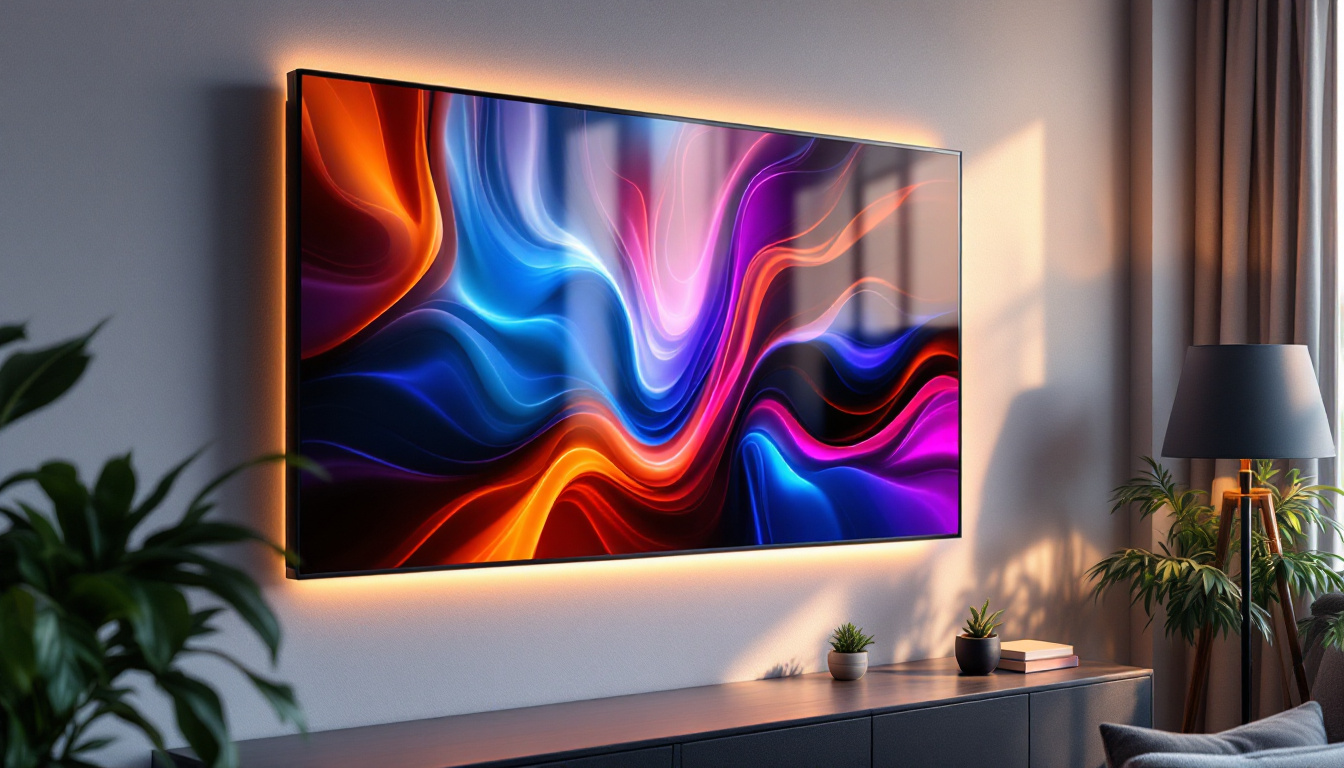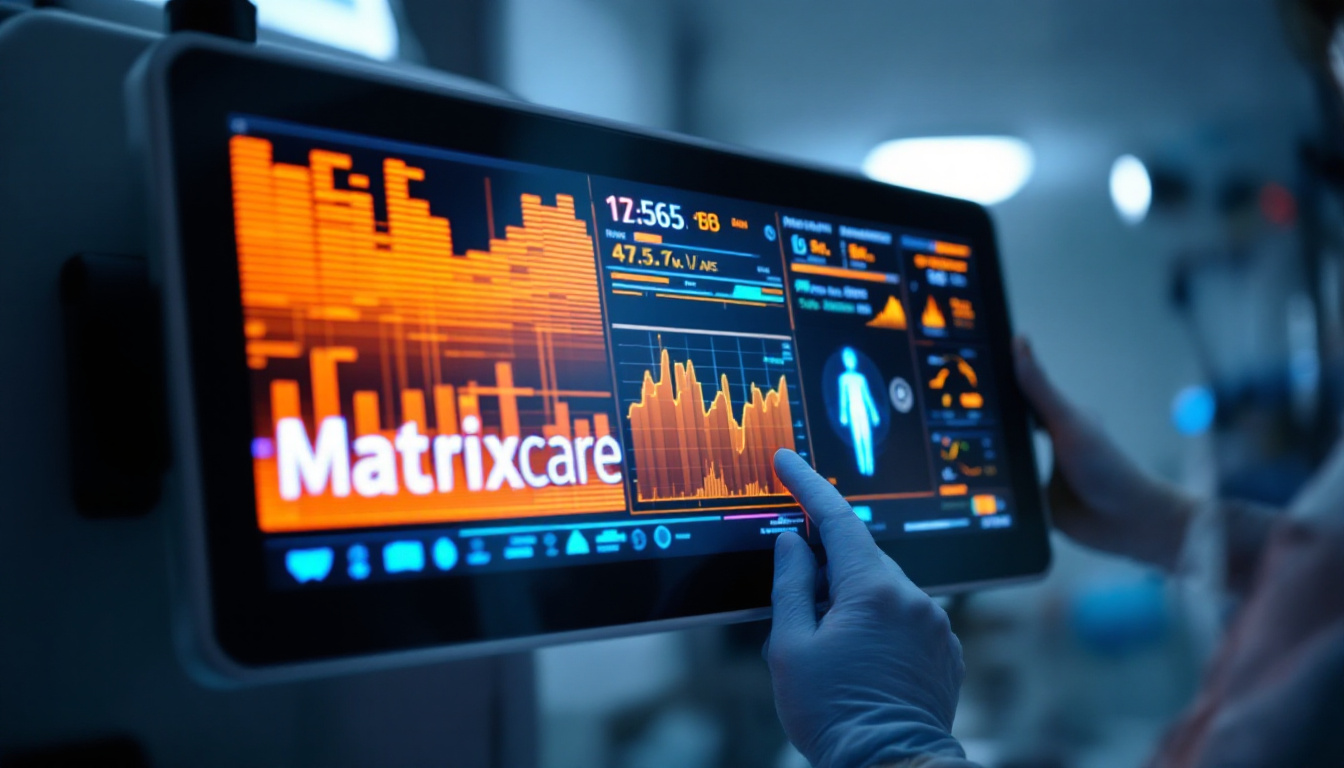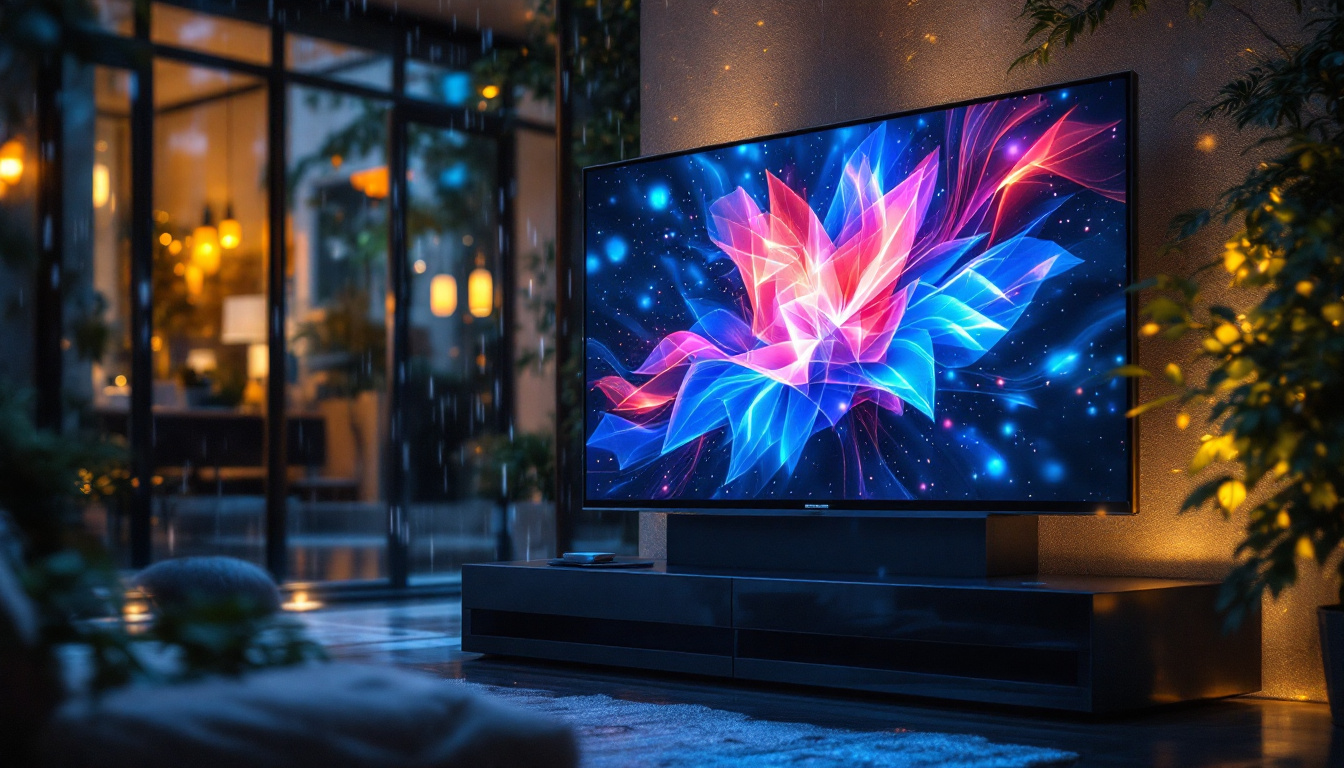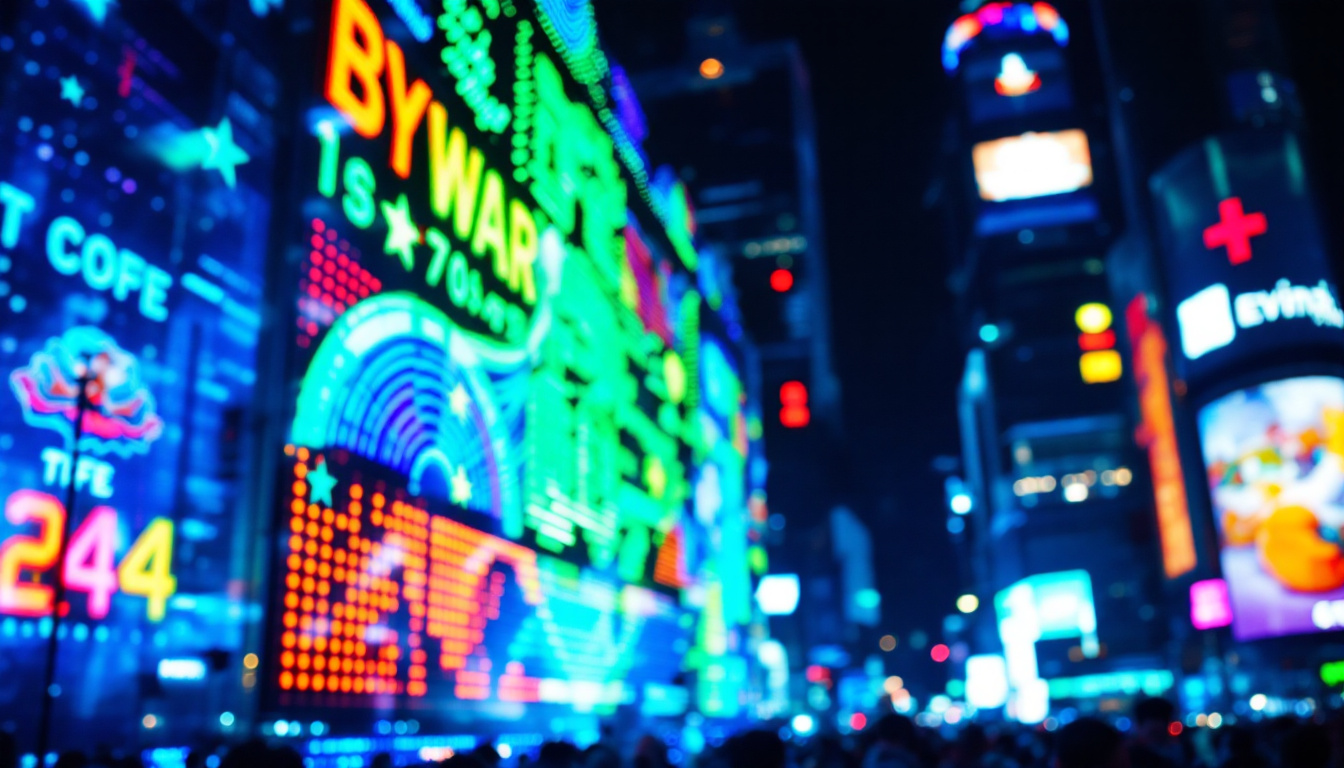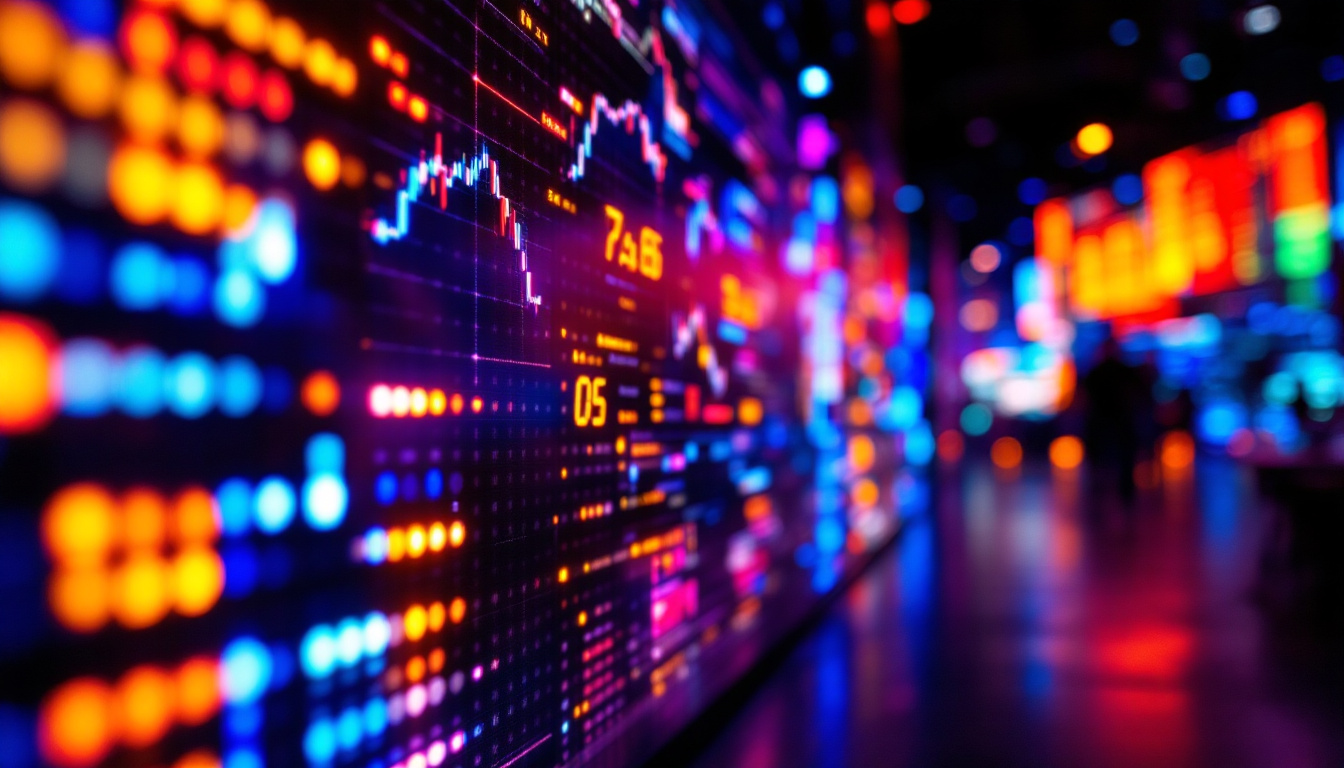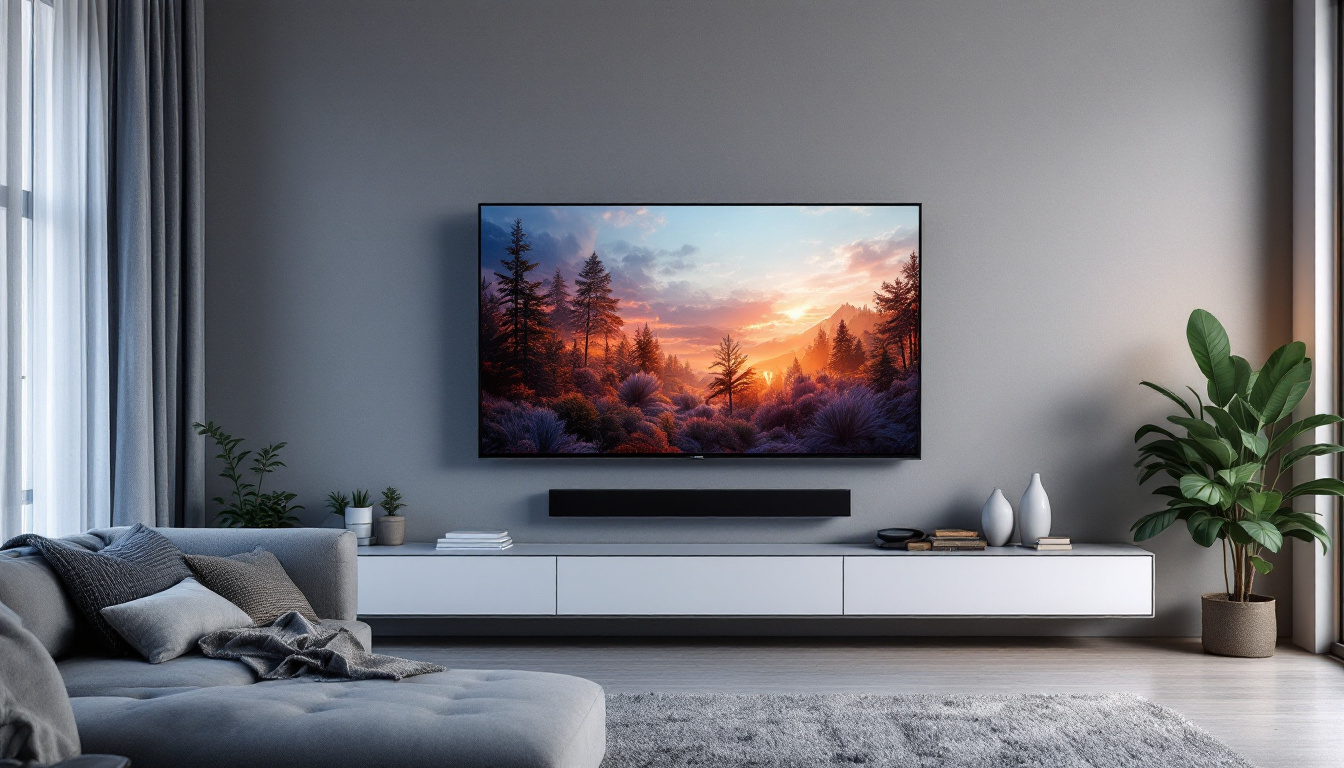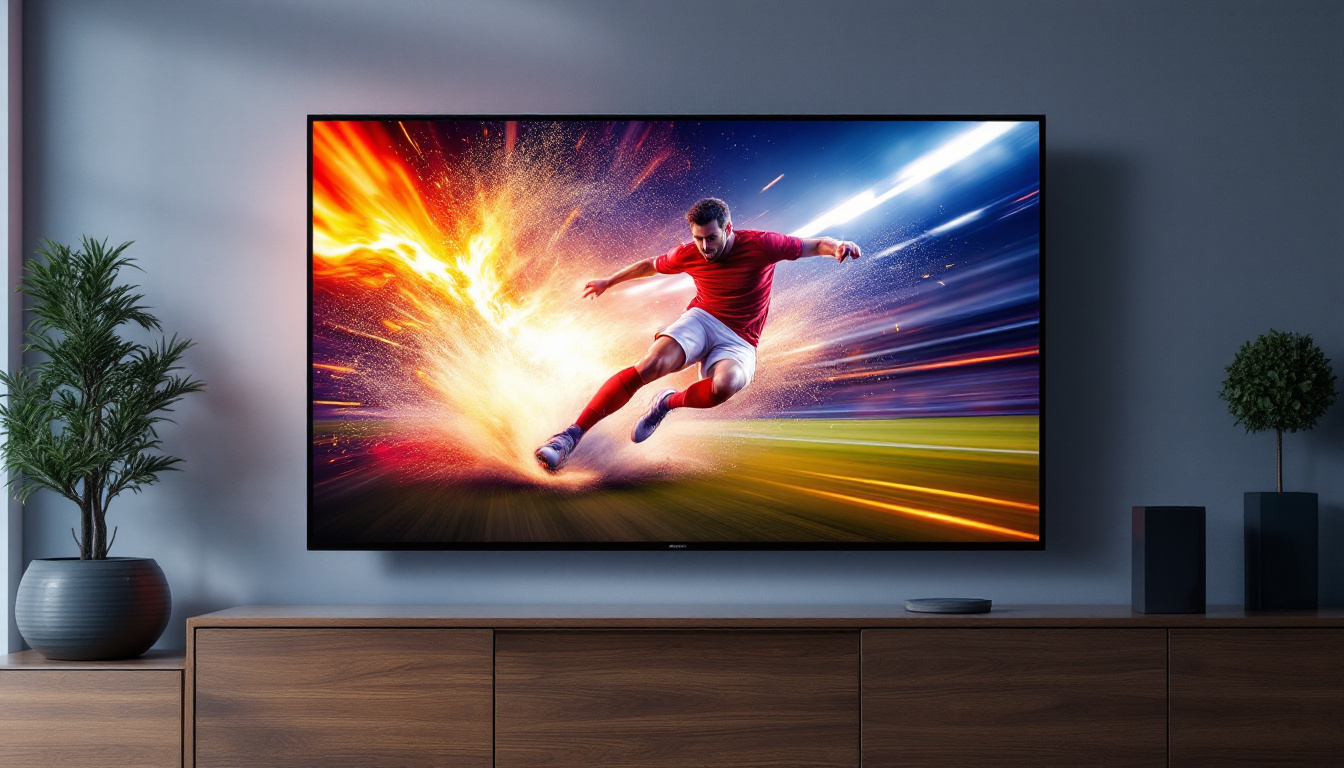In the realm of modern technology, the evolution of display systems has been nothing short of revolutionary. Among the most striking advancements is the development of high-resolution LED displays, often referred to as “wallpaper” displays due to their ultra-thin profiles and seamless integration into various environments. This article delves into the intricacies of high-resolution LED displays, exploring their technology, applications, and the future they promise.
Understanding LED Display Technology
Light Emitting Diodes (LEDs) have transformed the way visual content is presented. Unlike traditional displays that rely on backlighting or liquid crystals, LED displays utilize tiny semiconductor devices that emit light when an electric current passes through them. This fundamental difference not only enhances brightness and color accuracy but also allows for thinner and more flexible designs. The evolution of LED technology has enabled manufacturers to create displays that can be used in a wide range of settings, from large outdoor billboards to compact screens in smartphones, showcasing the versatility of this remarkable technology.
The Components of LED Displays
At the core of LED display technology are several key components. These include:
- LED Chips: The basic building blocks that produce light in various colors.
- Driver ICs: Integrated circuits that control the brightness and color of each LED.
- Control Systems: Software and hardware that manage the display’s content and performance.
Each of these components plays a crucial role in delivering high-resolution images and videos. The combination of these elements allows for a wide color gamut and exceptional contrast ratios, making LED displays ideal for various applications. Furthermore, advancements in thermal management and energy efficiency have led to longer lifespans for LED displays, reducing maintenance costs and environmental impact. This innovation not only benefits consumers but also contributes to sustainable practices in the electronics industry.
Types of LED Displays
LED displays come in several types, each suited for different environments and purposes. The most common types include:
- Direct View LED: These displays consist of individual LEDs that form the entire screen, providing exceptional brightness and color.
- LED Backlit LCD: This type uses LEDs to backlight an LCD panel, enhancing brightness and color accuracy.
- MicroLED: A newer technology that uses microscopic LEDs to create images, offering even greater resolution and efficiency.
Understanding these types is essential for selecting the right display for specific needs, whether for commercial, residential, or artistic applications. For instance, Direct View LED displays are often favored in outdoor advertising due to their ability to maintain visibility in direct sunlight, while MicroLED technology is gaining traction in high-end televisions and digital art installations, where image quality is paramount. As the technology continues to evolve, we can expect to see even more innovative applications, such as flexible displays that can be integrated into various surfaces, further blurring the lines between technology and art.
The Advantages of High-Resolution LED Displays
High-resolution LED displays offer numerous advantages over traditional display technologies. These benefits contribute to their growing popularity in various sectors, including advertising, entertainment, and even home décor.
Superior Image Quality
One of the most significant advantages of high-resolution LED displays is their ability to deliver stunning image quality. With pixel densities that can exceed 300 pixels per inch (PPI), these displays produce sharp, vibrant images that captivate viewers. The high contrast ratios and wide color gamuts ensure that colors appear more saturated and lifelike, enhancing the overall viewing experience. This level of detail is particularly advantageous in applications such as digital signage, where clear and engaging visuals are essential for attracting attention in crowded environments. Furthermore, advancements in LED technology, such as HDR (High Dynamic Range), allow for deeper blacks and brighter whites, providing an even more immersive experience for viewers.
Flexibility and Design Integration
Another notable benefit is the flexibility of LED displays. Their thin and lightweight nature allows for easy installation in a variety of settings. From curved screens that fit seamlessly into architectural designs to flexible wallpaper displays that can be applied to walls like traditional wallpaper, the design possibilities are virtually limitless. This adaptability makes them an attractive option for interior designers and architects looking to create immersive environments. Additionally, the modular nature of many high-resolution LED systems enables users to create custom shapes and sizes, making it possible to design unique installations that cater to specific branding or artistic needs. This level of customization not only enhances the aesthetic appeal but also allows businesses to convey their messages in innovative ways.
Energy Efficiency
High-resolution LED displays are also more energy-efficient compared to traditional display technologies. They consume less power while delivering higher brightness levels, which is particularly beneficial for large installations that require continuous operation. This efficiency not only reduces operational costs but also minimizes the environmental impact, aligning with the growing emphasis on sustainability in technology. Moreover, many high-resolution LED displays are equipped with intelligent energy management systems that adjust brightness based on ambient light conditions, further optimizing power consumption. As a result, businesses can enjoy significant savings on energy bills while contributing to a greener planet, making high-resolution LED displays a smart choice for eco-conscious organizations.
Applications of High-Resolution LED Displays
The versatility of high-resolution LED displays allows them to be utilized in a wide range of applications. Their ability to deliver exceptional visual experiences makes them suitable for various industries.
Advertising and Marketing
In the advertising sector, high-resolution LED displays have become a staple for digital signage. Brands leverage these displays to create eye-catching advertisements that attract customers’ attention. With the ability to change content dynamically, businesses can tailor their messages to specific audiences, enhancing engagement and driving sales.
Entertainment and Events
In the entertainment industry, high-resolution LED displays are essential for concerts, festivals, and live events. They provide stunning visuals that enhance performances and create immersive experiences for audiences. From large-scale outdoor displays to intimate indoor setups, the flexibility and quality of LED technology make it the preferred choice for event organizers.
Corporate and Educational Settings
In corporate environments, high-resolution LED displays are used for presentations, video conferencing, and collaborative workspaces. Their clarity and brightness ensure that information is communicated effectively, regardless of the lighting conditions. Similarly, educational institutions utilize these displays for interactive learning, making lessons more engaging and visually appealing for students.
Challenges and Considerations
Despite their many advantages, high-resolution LED displays are not without challenges. Understanding these challenges is vital for making informed decisions when investing in this technology.
Cost Implications
The initial investment for high-resolution LED displays can be significant. While prices have been decreasing over the years, high-quality displays still represent a considerable expenditure. Businesses and individuals must weigh the long-term benefits against the upfront costs to determine if the investment aligns with their goals.
Maintenance and Lifespan
Another consideration is maintenance. While LED displays are generally durable, they may require regular upkeep to ensure optimal performance. Factors such as dust accumulation, environmental conditions, and usage patterns can affect their lifespan. Regular maintenance can help mitigate these issues, but it does add to the overall cost of ownership.
Viewing Angles and Distance
Viewing angles can also pose challenges, particularly for large-scale installations. While high-resolution LED displays offer excellent image quality, the viewing experience can vary depending on the angle from which the display is viewed. Ensuring that the display is positioned correctly and considering the audience’s perspective is crucial for maximizing impact.
The Future of High-Resolution LED Displays
The future of high-resolution LED displays looks promising, with ongoing advancements in technology and design. As the demand for immersive visual experiences continues to grow, several trends are emerging that will shape the industry.
Advancements in MicroLED Technology
MicroLED technology is at the forefront of display innovation. With the potential to deliver even higher resolutions and improved energy efficiency, MicroLED displays are set to revolutionize the market. Their ability to create modular displays means that they can be easily scaled to fit any size or shape, opening up new possibilities for creative installations.
Integration with Smart Technology
As smart technology becomes more prevalent, the integration of high-resolution LED displays with IoT devices is likely to increase. This integration can lead to more interactive and personalized experiences, allowing users to control displays through voice commands or mobile applications. The potential for automation and data-driven content delivery will further enhance the functionality of these displays.
Sustainability Initiatives
With a growing emphasis on sustainability, manufacturers are focusing on creating more eco-friendly LED displays. This includes using recyclable materials, improving energy efficiency, and reducing waste during production. As consumers become more environmentally conscious, the demand for sustainable display solutions will likely drive innovation in the industry.
Conclusion
High-resolution LED displays represent a significant advancement in visual technology, offering unparalleled image quality, flexibility, and energy efficiency. Their applications span various industries, from advertising to education, making them an integral part of modern communication and design. While challenges such as cost and maintenance exist, the benefits far outweigh these concerns for many users.
As technology continues to evolve, the future of high-resolution LED displays promises exciting developments that will further enhance the way visual content is experienced. Embracing this technology not only provides immediate benefits but also positions individuals and organizations at the forefront of innovation in an increasingly visual world.
Explore the Future of Visual Technology with LumenMatrix
Ready to elevate your space with the latest in high-resolution LED display technology? Discover LumenMatrix’s innovative solutions, from Indoor and Outdoor LED Wall Displays to specialized options like Vehicle, Sports, and Floor LED Displays. Our mission is to transform your visual communication, ensuring your message resonates with brilliance and precision. Don’t miss the opportunity to create immersive environments that captivate and engage. Check out LumenMatrix LED Display Solutions today and be a part of the visual revolution.

